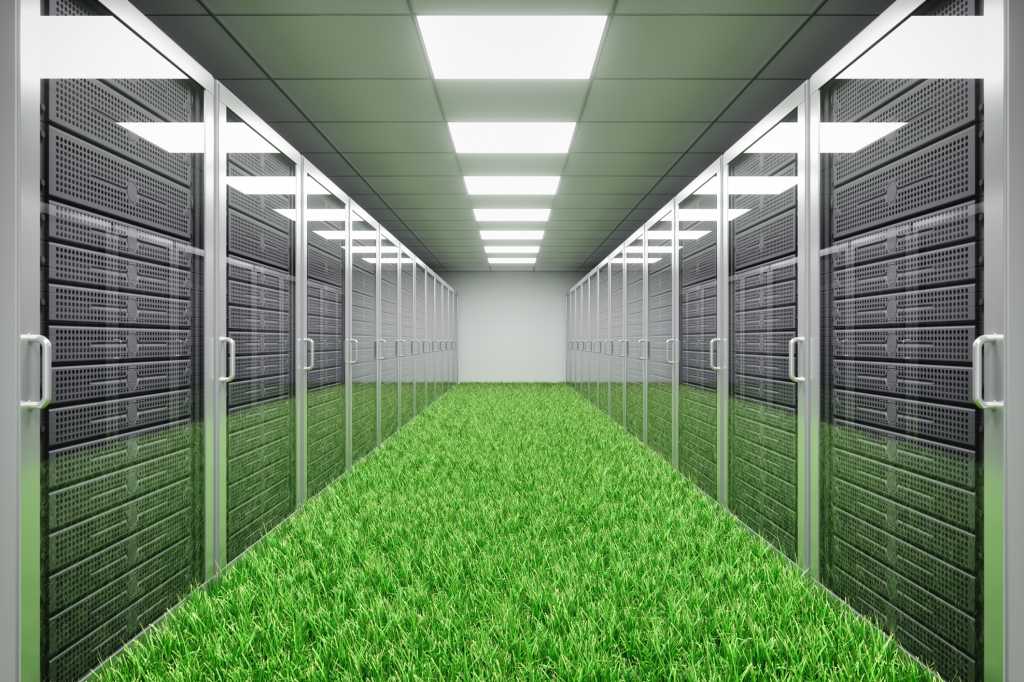When reimagining the IT estate for data-first business, the opportunity is ripe for companies to rearchitect for a more sustainable IT environment. The benefits? Drive cost efficiencies and make headway on meeting corporate environmental, social, and governance (ESG) targets, for starters.
The corporate agenda has embraced sustainability, fueled by escalating environmental concerns, because it makes good business sense. Across the board, customers, investors, and employees want to align with companies that prioritize and execute a sustainability agenda, not just pay lip service to the latest corporate buzzword.
Board members are holding executive leadership accountable to hit published targets and meet evolving regulatory requirements, potential customers are making sustainability goals a condition of contracts, and employees are gravitating to companies with strong ESG track records. A 451 Research report confirmed that 57% of enterprises deem efficiency and sustainability very important to competitive differentiation across all channels.
As companies reimagine infrastructure and operations for digital-first business, it only makes sense for them to incorporate sustainability as part of their holistic transformation. In fact, companies that link digital and sustainable transformation are 2.5 times as likely to be among the next wave of strongest-performing businesses, compared with those that do not take the approach, according to data from the World Economic Forum. An Accenture report confirmed the correlation, finding that companies leading in both digital adoption and sustainable practices are nearly three times as likely as other companies to be among tomorrow’s strongest-performing businesses.
“Customers in the midst of digital transformation are finding technology solutions that they can pair with sustainable transformation, because the two go hand-in-hand,” says John Frey, HPE’s chief technologist, Sustainable Transformation. “It may not drive them to many new behaviors, but it gives them additional support for initiatives that have sustainability benefits as well, such as power and thermal monitoring.”
IT operations due for a sustainability makeover
The current state of IT operations misses the mark on sustainability objectives, in part because IT has historically been evaluated on other metrics. For example, most IT organizations aim to hit the standard 99.999% uptime service-level agreement (SLA) and thus are inclined to overprovision to ensure redundancy and performance. The annual budget cycle also encourages organizations to buy and deploy equipment even if there’s not a direct need, to avoid forfeiting available IT dollars.
“If your primary measurement is uptime and SLAs and you’re not asked to consider other metrics like power consumption or power usage effectiveness [PUE] ratings, you’re going to build an infrastructure that matches the ability to meet your goals,” Frey says.
Consider that in the average data center, a quarter of the compute capacity is comatose, performing no useful work. In addition, 67% of enterprises overprovision on-premises storage to be at least 1.3x what they currently need; nonvirtualized environments have their own set of challenges, with research showing that they measure a mere 10% compute utilization rate. Overall, such inefficiencies can cause power, space, and cooling constraints, not to mention that they also add unnecessary energy, maintenance, and real estate costs.
Given that technology infrastructure is typically one of the largest contributors — if not the largest contributor — to a company’s energy footprint, there is a significant impact if modifications are made. By 2025, IDC research shows, 90% of the Global 2000 will bring their sustainability mandates to the IT agenda, insisting on use of reusable materials in hardware supply chains, carbon neutrality targets for IT facilities, and lower energy use as prerequisites for doing business.
By modernizing with an as-a-service platform such as HPE GreenLake, companies can address many of the key causes of inefficiencies in on-premises or data-center-located IT equipment through use of state-of-the-art equipment and technologies. As part of the onboarding process, HPE evaluates workloads and optimizes the hardware and infrastructure accordingly, with the aim of increasing server utilization, optimizing server refresh cycles, and rightsizing redundancy requirements. Moreover, the metering capabilities delivered as part of HPE GreenLake services enable businesses to match their workloads and capacity closely to consumption, eliminating wasteful overprovisioning without incurring the risks of underprovisioning.
“By nature, HPE GreenLake is designed to reduce overprovisioning,” Frey says. “As we size HPE GreenLake, we’re looking at workloads and optimizing hardware so you can see significant space, power, carbon emission, and equipment reduction.”
HPE GreenLake Central delivers real-time visibility and optimization insights to actively manage infrastructure utilization at a granular level through a single platform. In addition, the predictable, holistic cost model for HPE GreenLake also helps keep costs in check and ensures that only needed infrastructure is deployed, another way to boost sustainable business practices.
To complete the picture, HPE’s Asset Lifecycle Services helps organizations contribute to a circular economy by retiring assets responsibly when they are no longer of service. Almost 90% of assets recovered by HPE Financial Services are given a second life.
Moving forward
As IT organizations push ahead with parallel sustainability and data-first business tracks, here are six best practices that can help ensure a successful transition:
- Align IT objectives with corporate sustainability goals and priorities.
- Enlist the right partners, from executive leadership through cross-functional teams with representation from finance, procurement, and preferred suppliers, among others.
- Choose the right set of tools, including real-time thermal and power monitoring capabilities and analytics, single-pane-management capabilities, system integration tools, intelligent automation, and performance management.
- Assess current data center infrastructure for energy, resource, and equipment efficiency.
- Optimize data infrastructure through use of models such as infrastructure as a service (IaaS).
- Consider other high-impact areas such as procurement and asset end-of-life management.
With the right technologies in place and change management practices, organizations can embark on data-first business transformation with an eye toward energy reduction and sustainability — all designed to carve out a lasting competitive edge.
For more information, visit the HPE GreenLake “Learn More” page.

